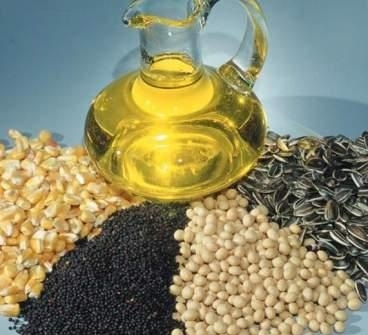Prices for vegetable oils continued to grow rapidly

Yesterday, prices for vegetable oils continued to grow. Leader of steel futures for soybean oil on the stock exchange in the United States, which rose after prices for soybeans rise on the heat and drought in the country.
Sharp rise in prices of soybean oil supported the price of palm oil increased by 1%, and for sunflower oil, which are rising due to low yields in Ukraine.
the Data on the US economy did not confirm the expected growth, so oil prices continue to fall, which further increase the pressure on the vegetable oil markets.
Yesterday on the Chicago Board of CBOT November futures for soybean oil increased by 3.9% to its highest since late January, 2020 level 745 $/t, while prices for soybean – 2% to 347 $/t, since the precipitation that carries hurricane Laura, will not come to the States suffering from drought, in particular Iowa.
Prices supports the purchase of soybeans by China. According to the USDA, export sales of soybeans from the U.S. last week fell by 25% to 1.9 million tonnes (of which 1 million tons of soybean a new crop), but this is three times higher than the corresponding figure 2019 overall export sales of soybeans from the United States amounted to 22.4 million tonnes, of which 55% acquired in China.
Due to the significant receipt of previously purchased soybeans from Brazil and recently purchased soybeans from the United States, China increases the amount of processing. Soybean stocks were also increased by 130 thousand tons to 7.25 million tons of soybean meal are to 1.17 million tons, oil – to 1.27 million tons as saturation of the Chinese market prices of the soybean complex will be lowered.
bid Prices at the physical markets also rose. Argentine soybean oil rose to 760-770 $/t FOB Up River, and the Ukrainian sunflower oil with fast delivery to 5-year high of $850/MT FOB.
Premium sunflower oil compared with soybean increased to 90-100 $/t, and with palm – up to 180-200 $/t, which negatively impacted consumer demand.
November futures on palm oil exchange in Malaysia rose by 1% to 2682 Ringgits/t or 643,17 $/t, but further growth reduces export demand due to too high prices. The buyers refuse to buy palm oil after prices crossed the $700/t and higher prices of soy and sunflower oil will be forced to choose the cheapest deals and reduce sales.


